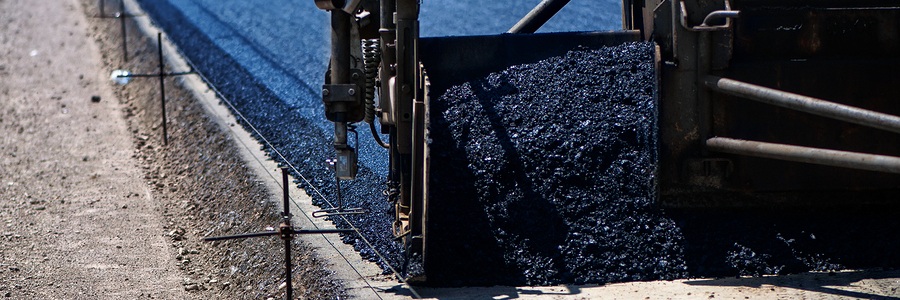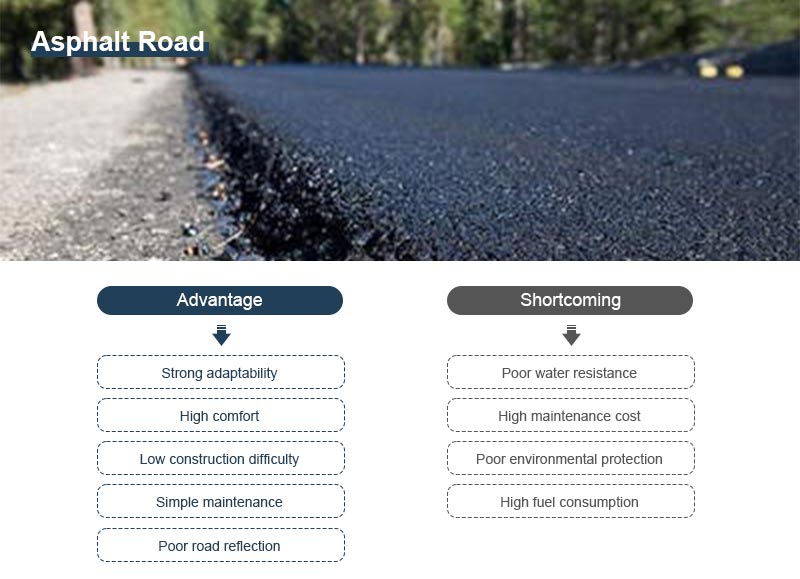The 7-Second Trick For A1 Professional Asphalt & Sealing Llc
The 7-Second Trick For A1 Professional Asphalt & Sealing Llc
Blog Article
Facts About A1 Professional Asphalt & Sealing Llc Uncovered
Table of ContentsA1 Professional Asphalt & Sealing Llc for BeginnersSome Known Questions About A1 Professional Asphalt & Sealing Llc.Indicators on A1 Professional Asphalt & Sealing Llc You Need To KnowA1 Professional Asphalt & Sealing Llc for DummiesThe 9-Minute Rule for A1 Professional Asphalt & Sealing Llc

The oil in an automobile engine is not just oil. It consists of a variety of ingredients to improve the car's efficiency. These consist of polymers, thickness modifiers, warm stabilizers, added lubricants, and use additives. The REOB has all the additives that remained in the waste oil as well as the wear metals from the engine (mostly iron and copper).
By making lots of blends using various REOB examples and different asphalt binders, the variations greatly can be averaged out. Numerous States provided samples of well-known REOB structure to TFHRC researchers, that examined the samples to contrast the portion of included (recognized) REOB to the located (examined) quantity. The analyses showed a similar percentage of added and discovered REOB.
Some Known Factual Statements About A1 Professional Asphalt & Sealing Llc
They received an overwhelming response. The TFHRC researchers evaluated 1,532 samples from 40 States, one Canadian province, and 2 Federal Lands Freeway divisions. They examined each sample twiceamounting to more than 3,000 analyses. None of those States recognized that the asphalt they were acquiring consisted of REOB. One State urged its samples had no REOB.
Of the 1,532 examples examined, 12 percent included REOB, and some consisted of substantially high levels of it at 1020 percent. The highest degree was 34 percent in an example from Texas, which TxDOT had actually used in a patching compound. This testing additionally revealed the existence of phosphoric acid in 11 percent of the samples, and 2 percent had ground tire rubber.
2 years earlier at TRB's yearly meeting, the Federal scientists held an REOB workshop and provided the findings of their laboratory evaluations to a standing room-only crowd. Although some firms do not specifically prohibit REOB, they do impose physical tests that preclude its useeffectively a restriction. a-1 asphalt. Others do not prohibit it by specification, yet have arrangements with asphalt providers to prevent using REOB
Facts About A1 Professional Asphalt & Sealing Llc Uncovered
A handful do enable REOB, some within certain restrictions. Ohio and Texas restriction levels to much less than 5 percent of the asphalt. To develop a trusted examination technique that all States can use, the TFHRC researchers set up a round-robin test plan. The individuals are 11 State freeway firms (Illinois, Massachusetts, Minnesota, Mississippi, Montana, North Carolina, Oklahoma, South Carolina, Texas, Vermont, and Wyoming), 2 independent screening laboratories, the Ministry of Transport in Ontario, Queen's University in Ontario, and an Ontario paving specialist.
The individuals are checking the samples independently making use of the standards given by the TFHRC scientists. The result will certainly be a suggested AASHTO test method that any type of State can adopt and utilize.
The pavement with REOB, which lies 0.6 mile (1 kilometer) from the pavement without REOB, has the same subgrade, website traffic thickness, and climate. The sector of Highway655 with 5 to 10 percent REOB revealed considerable breaking. In this example, the existence of REOB was the determined reason for fracturing at a low temperature levels.
"In our experience in Canada, also little amounts of 23 percent can be a trouble." A section of examination pavement in Minnesota (MN1-4) located to contain REOB additionally split prematurely. The sidewalk done well for the initial 3 to 4 years, however then started to fracture. This pavement is likewise based on low temperature levels.
Not known Incorrect Statements About A1 Professional Asphalt & Sealing Llc
The examinations were not extensive, however they showed that at degrees of 6 percent or more, the tensile strength of the asphalt went down substantially. At a degree of 3.5 percent REOB, the variation in the physical examination methods was better than the effect of REOB. In truth, it was tough for researchers to examine whether REOB existed.

One binder parameter considered is the difference between the reduced temperature level critical requirements temperature for stiffness (S) in the bending beam rheometer and the flexing beam rheometer creep slope (m-value) kept in mind as Tcritical. Two independent research teams, one from AASHTO and the various other from the Asphalt Institute, wrapped up that even more research is needed on the use of REOB in asphalt.
Formerly, all asphalt screening measured engineering residential or commercial properties such as tightness. These tests do not reveal what materials had actually been added to the asphalt. One sample obtained during the TFHRC research had an extremely weird evaluation. The sample had the adhering to test results: Superpave PG 64-28 with a high temperature level quality of 67.3 Tcritical on the bending beam rheometer was 6.7 degrees Celsius.

An Unbiased View of A1 Professional Asphalt & Sealing Llc
These outcomes demonstrate there are weaknesses in the standard design testing procedures that may be made use of. The producer may have a financial advantage and the product passes all the standardized tests, however the item may not be advantageous to making sure long-lasting efficiency. To resolve this concern and the growth of new asphalt additives and extenders, TFHRC is starting a research study program to use portable spectroscopic tools, x-ray fluorescence spectroscopy, and Fourier transform infrared spectroscopy to allow evaluations to be performed in the area rather than having to take examples back to the lab.
Report this page